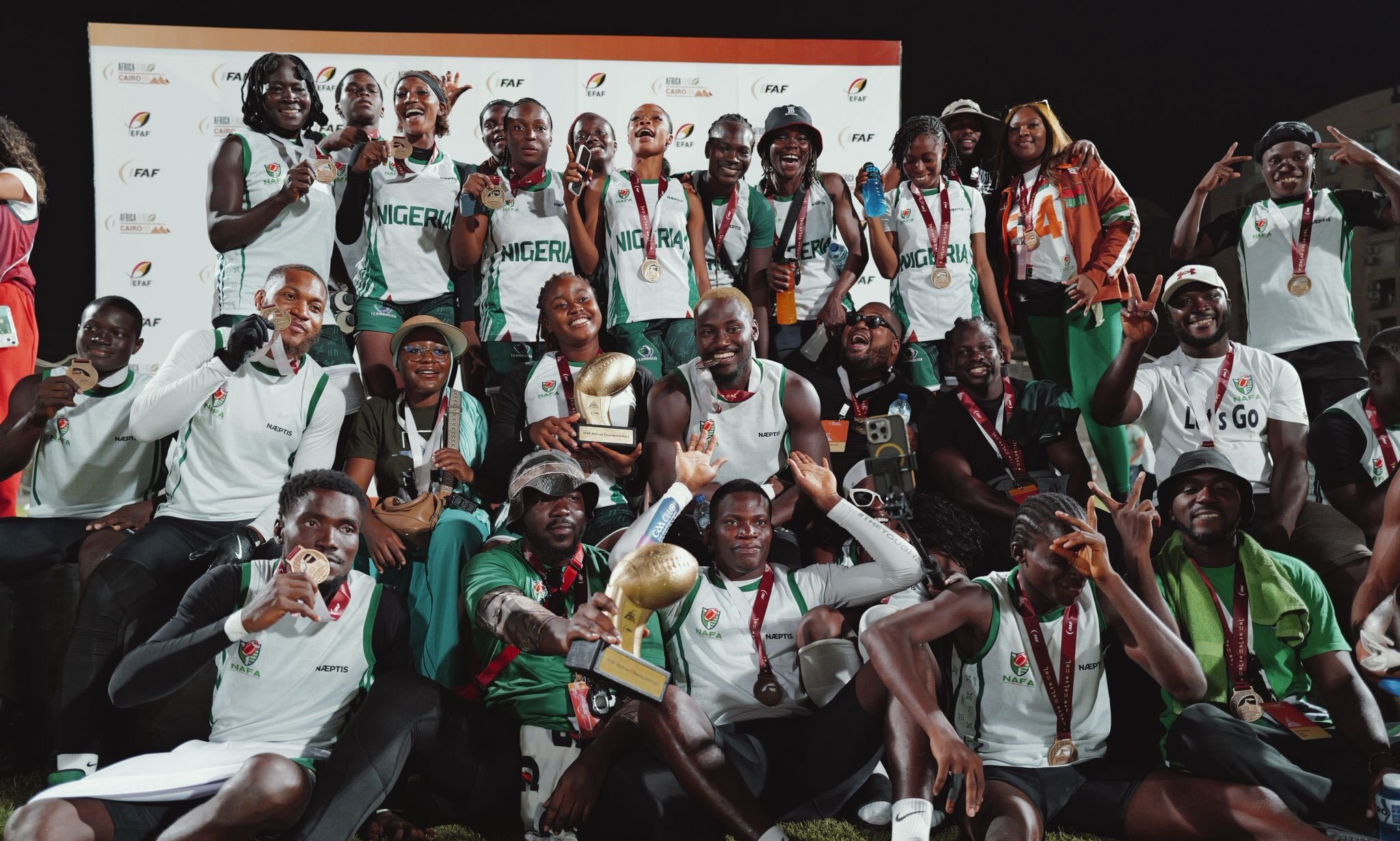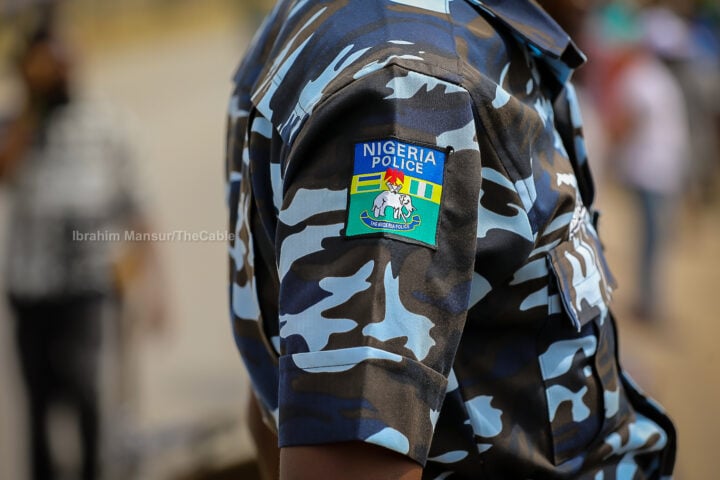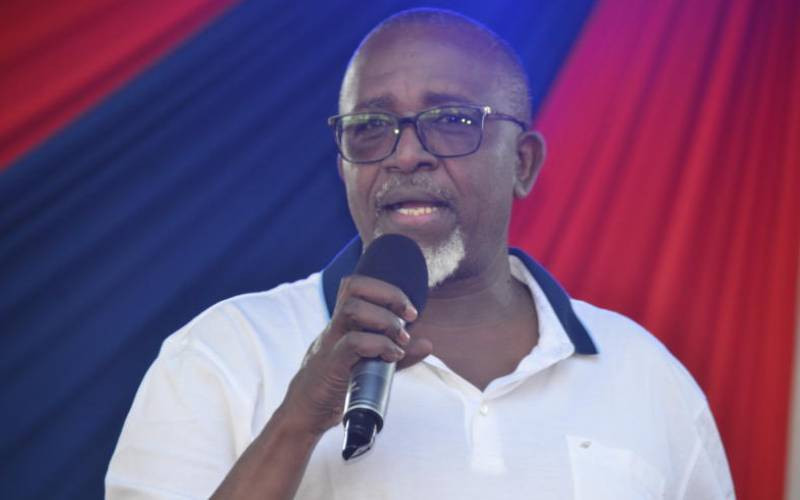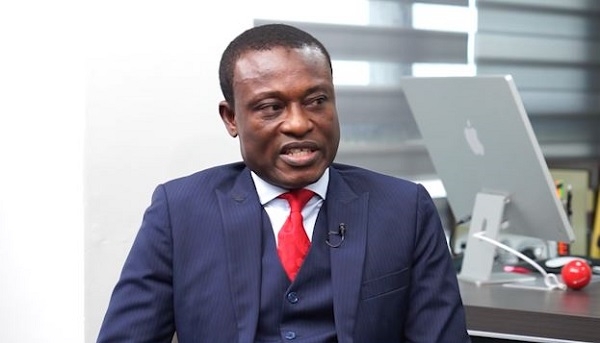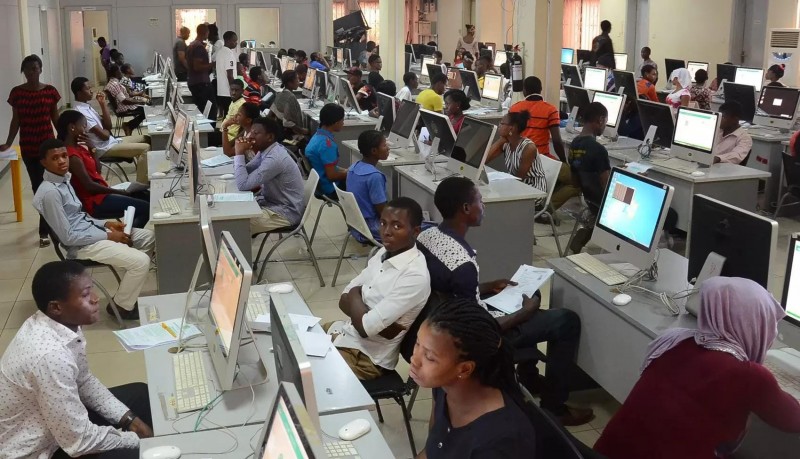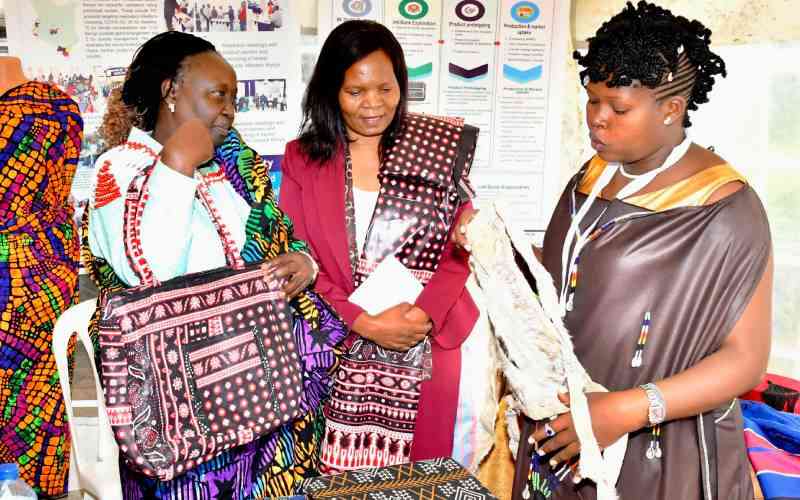As part of its ongoing growth trajectory across its investment portfolios, Oman Investment Authority (OIA) unveiled its 2024 financial results. The report highlighted a rise in its assets to over RO20bn, with profits reaching RO1.585bn. Additionally, OIA injected RO800mn into the state budget, a step that has earned it global ranking as the 8th sovereign wealth fund in terms of five-year investment return rate, according to a report by SWF Global.
To mitigate investment risks and maximize long-term benefits, OIA continued to diversify its investments geographically and sector-wise. Its investments spanned over 50 countries through its three portfolios: the National Development Fund (NDF), the Future Generations Fund, and Future Fund Oman (FFO). Oman-based investments take the largest share of 61.3 per cent, followed by North America with 19.9 per cent, then Europe, Asia, Africa, and Latin America.
Sector-wise, the local portfolio, the NDF, aligned with Oman Vision 2040 targets. The energy sector accounted for 68 per cent of its investments, followed by tourism and real estate at 9 per cent, and services and logistics at 8 per cent each. The remaining share was distributed among strategic sectors such as mining, industry, food, and telecommunications. The NDF invested approximately RO1.9bn in local projects in 2024, surpassing the target of RO1.7bn. Notable projects included the Duqm Refinery in the energy sector, the redevelopment of the Lasil and Al Baydha copper mines in mining, the Asyad Container Terminal in logistics, and the launch of the Manah 1 and Manah 2 solar power plants in the public utilities sector.
Meanwhile, the International Future Generations Fund invested in 13 global funds across diverse sectors, including technology, artificial intelligence, energy, healthcare, and fintech. It also invested in Elon Musk’s xAI, reflecting OIA’s focus on supporting global digital innovation and localising advanced technologies.
Future Fund Oman, which began operations on January 17, 2024, received 294 investment applications in various sectors that align with the economic diversification plans. The fund approved 44 proposals following robust and rigorous assessment standards. Its contributions to these projects totaled RO333.1mn. Key projects included the Sohar PolySilicon plant—the largest outside China with an annual production capacity of 100,000 metric tons—and strategic partnerships with IDG Capital and ewpartners to attract global industrial companies by establishing three investment funds exceeding RO250mn, targeting sectors like ICT, energy, agriculture, renewables, healthcare, and electric vehicles.
OIA continues to deliver on its national agenda, focusing on attracting foreign investment, empowering the private sector, enhancing credit ratings, building national capacities, and maximizing local content and innovation. The NDF attracted RO3.348bn in foreign direct investment in 2024, primarily in energy, followed by tourism and mining.
In line with its commitment to reducing public debt and ensuring financial sustainability, OIA repaid over RO1.846bn in the debts of its companies including RO545mn for OQ Group before maturity. Government guarantees were also reduced by RO1.3bn, lowering the total from RO3.4bn in 2023 to RO1.8bn in 2024.
OIA also progressed its divestment program to attract foreign capital and empower the private sector. It exited six assets in 2024, exceeding its target of five, including the highly successful IPO of 25 per cent of OQ Exploration & Production’s total shares, and divestments from OQBI. Proceeds from these successful IPOs were redirected to new projects supporting economic diversification.
In its efforts to develop human capital and employment, OIA created 1,393 new jobs for Omanis, raising the Omanisation rate to 77.7 per cent. It also launched training programs like Nomou, Eidaad, and Mu’tamad, alongside the Jadarah platform for employment and training opportunities, scholarship programs, and summer training initiatives in collaboration with higher education institutions.
Local content initiatives saw remarkable progress, with RO265.5mn spent on SMEs in 2024, including RO139mn for Riyada cardholders. SMEs accounted for 19.7 per cent of total supply chain spending. OIA also expanded its local content programs, launching the third edition of its mandatory list, which includes 311 products and services that should be sourced exclusively from local SMEs. OIA also approved 32 scopes under its ring-fencing program with a total of RO71mn, and helped in the development of 38 SMEs with RO11mn.
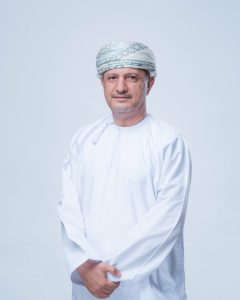
H.E. Sultan bin Salem Al Habsi, Minister of Finance and Chairman of OIA, stated that OIA continues its impactful local and international performance, directly supporting the national economy by injecting RO800mn into the state budget in 2024, bringing its total contributions since 2016 to over RO7bn. Additionally, RO400 million were allocated to Future Fund Oman, which completed its first year successfully.
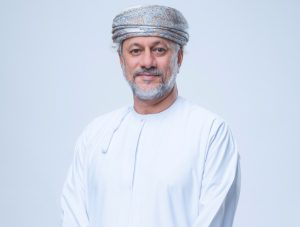
H.E. Abdulsalam bin Mohammed Al Murshidi, President of OIA, noted that 2024 marked sustained positive momentum, with most performance targets exceeded, particularly in local content, foreign investment, and job creation. He attributed these achievements to the efforts of OIA’s national talents and people.
At the media briefing, it was announced that one more IPO was likely to be introduced this year and opening up new sectors for investment.
OIA’s 2024 annual report highlights its remarkable progress in achieving its goals and its positive reputation since inception. OIA has forged strategic relationships with other nations, attracting foreign investments to local sectors and building ties with influential global investors like Elon Musk. This resulted in OIA gaining growing trust because of its transparency with the society, as well as receiving recognition from international institutions such as the World Bank and credit rating agencies, which upgraded the Sultanate of Oman’s rating to prime investment grade after seven years of decline. This trust was further cemented when OIA successfully hosted the largest gathering of sovereign wealth funds in history, with over 300 officials from 46 countries and 50 funds, elevating the accompanying conference to a new level under the title Muscat Dialogue

